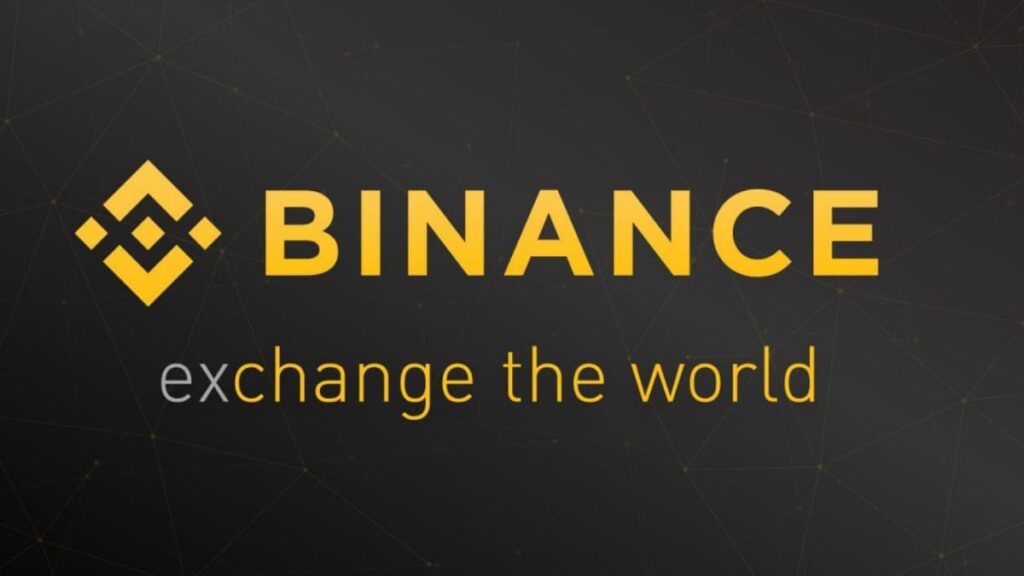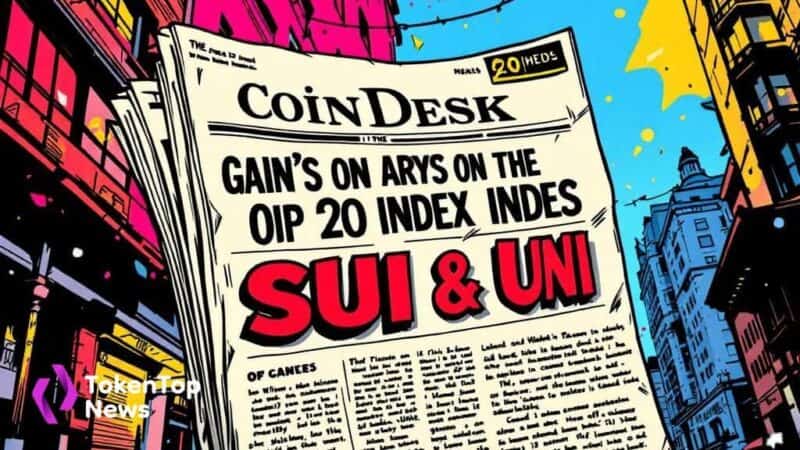Binance dupes customers with a bitcoin audit?

Is Binance Duping Customers With Bitcoin BTC -0.89% Audit? This is the opinion of Kraken founder and crypto veteran Jesse Powell. He considers the reserve check to be an intentional deception and calls for investigative research.
Recommended: 5 reasons not to store cryptocurrencies on an exchange
Binance: Bitcoin audit is a scam?
With Proof of Reserves gaining popularity among crypto exchanges, crypto exchange Binance has taken the logical next step by hiring auditing firm Mazars.
Mazars released a report yesterday showing that Binance holds 101 percent of the bitcoin that customers purchased and keep in custody on the trading platform.
Jesse Powell, founder of crypto exchange Kraken, spoke up yesterday. He believes Mazars’ report to be a deliberate misrepresentation. At the same time, he criticizes media that present the report as credible. He expects more detailed research from media companies. The reason for this is wording in the report, which he considers dubious.
Dear media clowns, do you feel it is your duty to evaluate the veracity of claims made about audits and proof of reserves?
Writes Powell on Twitter yesterday . Today he explains what his criticism refers to. So he publishes a screenshot. On it he marks phrases that he considers strange. Powell was CEO of Kraken until September . His crypto exchange has been conducting voluntary reserve checks for a long time.
Why is there criticism of Binance’s Proof of Liabilities?
Jesse Powell’s criticism of Binance’s Proof of Liabilities focuses on three main points. On the one hand, he criticizes that, in addition to real Bitcoin, its synthetic images are also listed. Mazars does not differentiate between these plants.
Mazars rates the different variants of the BTC as equivalent. A wrapped bitcoin corresponds exactly to an actual bitcoin in the report. Powell criticizes this approach because a figure does not have to represent the value of the actual plant at all times.
In addition, Binance could use this methodology to convert BTC into WBTC, for example. However, Mazars’ report suggests that Binance is holding the reserves in the form in which customers purchased them.
Accordingly, it is not Binance’s decision as to the form in which the Bitcoin is available.
Powell also criticized the fact that Mazars, according to his own statement, did not check whether Binance had moved assets in order to falsely create the impression that all reserves were available.
Finally, he draws attention to the offsetting with negative amounts. He also considers them strange and thus assumes a deliberate concealment on the part of Binance. The negative amounts are caused by the lending option that Binance offers its customers.
These loans are backed by other currencies. As a result, the share of value deposits is only 97 percent of all Bitcoin if you include them. If you subtract them from the statistics, according to Mazars, customer deposits are overcollateralized by 101 percent.




